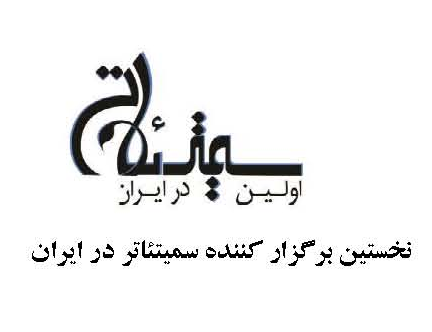Behavioral Economics: Why We Make Bad Money Decisions—and How to Fix Them
Traditional economic theories often assume that people make rational choices. But behavioral economics shows that emotions, biases, and social pressure heavily influence money decisions. Cognitive traps like anchoring, status quo bias, and loss aversion often prevent individuals from making optimal choices.
These insights are being used globally to design smarter financial products. For instance, “nudges” in digital banking apps—such as automatic savings prompts or spending alerts—help users improve financial habits without restricting freedom. In public policy, behavioral design is being applied to increase retirement savings and encourage tax compliance.
Experts suggest integrating behavioral economics into finance, policymaking, and technology to create systems that match how real people think—not how ideal models expect them to.

